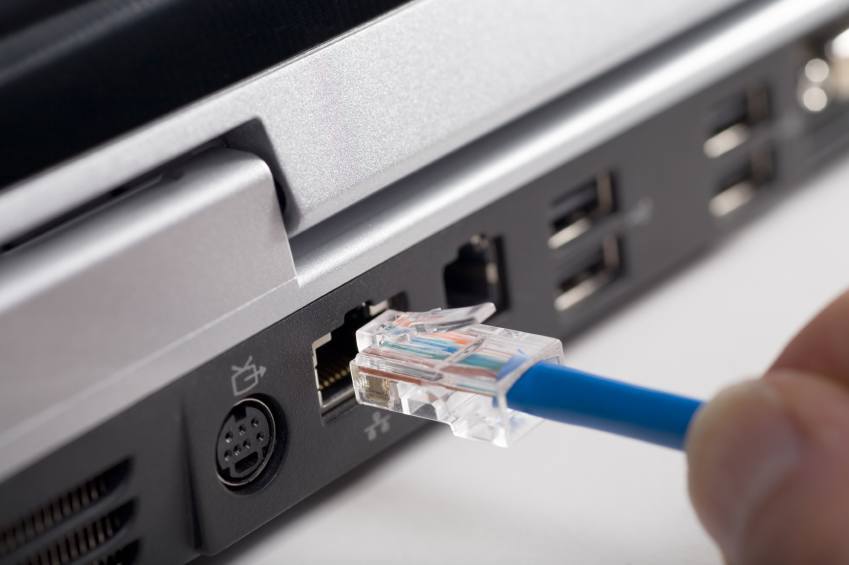Naked DSL basically meant that you got the broadband, without the unnecessary filler like home phone plans and line rental costs. But with the technological advances in technology and the NBN rollout across Australia, you won’t find any major telco providers offering Naked DSL in their product lineups. But what was it? And how is NBN different? This Canstar Blue guide answers both of those questions and more.
On this page:
NBN offers you might like
The following table shows a selection of sponsored unlimited data Standard Plus Evening Speed (NBN 50), and Premium Evening Speed (NBN 100) plans on Canstar Blue’s database with links to referral partners..
 |
1 Month Contract (1 month min. cost $68.90) Typical evening speed of 50Mbps
|
Unlimited Data/month |
$68.90 Cost/month |
Go to Site |
 |
1 Month Contract (1 month min. cost $65.00) Typical evening speed of 100Mbps
|
Unlimited Data/month |
$65.00 Cost/month |
Go to Site |
 |
Superloop | Lightspeed 1Gb offer 1 Month Contract (1 month min. cost $85.00) Typical evening speed of 90Mbps
|
Unlimited Data/month |
$85.00 Cost/month |
Go to Site |
Unlimited Home Standard (NBN 50) Plans
The following table shows a selection of published unlimited NBN 50 plans on Canstar Blue’s database, listed in order of standard monthly cost (excluding discounts), from the lowest to highest, and then by alphabetical order of provider. Use our comparison tool above to see plans from a range of other providers. This is a selection of products with links to referral partners.
Unlimited Home Fast (NBN 100) Plans
The table below shows a selection of published unlimited NBN 100 plans on Canstar Blue’s database, listed in order of monthly cost, from the lowest to highest, and then by alphabetical order of provider. Use our comparison tool to see plans from a range of other providers. This is a selection of products with links to referral partners.
What is Naked DSL?
If you’ve not heard the term before, a ‘naked DSL’ internet plan is simply a broadband internet subscription with no home phone service and no home phone line rental. This is in contrast to ‘bundled’ plans, which will include broadband internet & home phone line rental in one subscription. This means that naked broadband plans were usually cheaper than their bundled counterparts, making it a more affordable option.
In a modern world where mobile phones now reign supreme and there are cheap unlimited mobile phone plans on offer, the previously venerable home phone landline is going more or less unused for many Aussie households, so it made sense for customers to sign up to a plan that didn’t ask them to pay for something that they weren’t using anyway.
Read More: What are the best internet plans for renters?
How fast was Naked DSL?
The maximum theoretical speeds attributed to Naked DSL were 24Mbps for download, and 1 Mbps for upload. Speeds actually achieved by households depended on their location, distance to the local exchange and the quality of the copper wiring in their street. Compare this to something like 5G, which has theoretical speeds of well over 1000Mbps, and you can see why this technology type has been retired.
What is VoIP?
VoIP is a group of technologies which allows you to make voice calls over the internet rather than over a telephone network. In the same way that a traditional landline phone transmits your voice as a series of analogue electrical signals, VoIP transmits your voice call digitally as a stream of data. Commercial VoIP services have existed for over a decade – you’re probably familiar with Skype or Viber, for example.
Whilst earlier services only allowed you to call people who used the same service, these days service providers will supply you with a VoIP phone service and let you make calls to just about anyone.
- Many naked DSL broadband plans now include a VoIP phone and handset which you simply plug into your router. There are a range of free and paid VoIP services.
- VoIP basically means customers aren’t using a copper line to make calls, and traditional home phone line rental can cost upwards of $30 a month on top of your existing broadband plan. If moving to VoIP, many users can save money on line rental.
Whilst naked broadband plans don’t include the use of a copper phone line, most service providers will still provide you with a home phone which uses VoIP. It’s a great alternative in this digital world where many households don’t even rely on a landline anymore.
What makes NBN difference to Naked DSL?
The NBN is faster, and more reliable, and utilises some of the same copper wiring used for Naked DSL and ADSL2+ in the Fibre to the Node (FTTN) connection type. Other connection types, such as Fibre to the Premise (FTTP), replaced the copper wiring entirely and many FTTN connections are now being upgraded to FTTP. For more information about the NBN, and its alternatives, check out some of our guides below:



Share this article